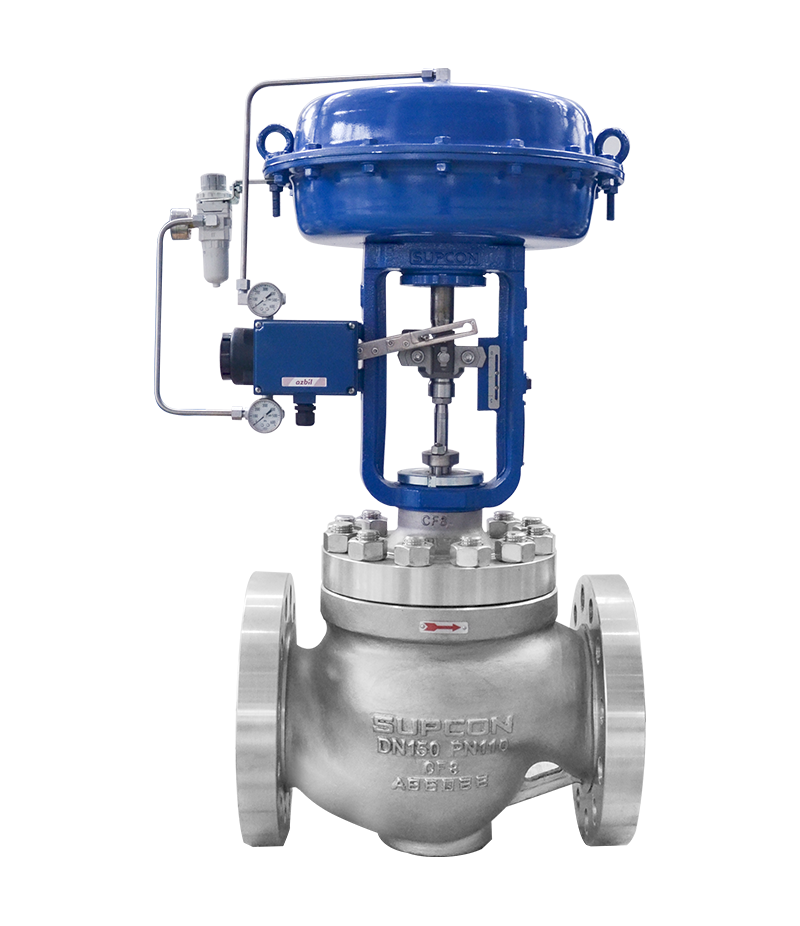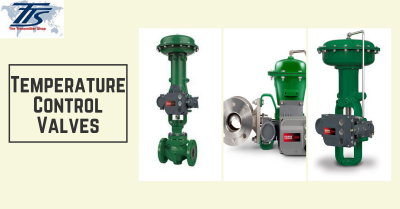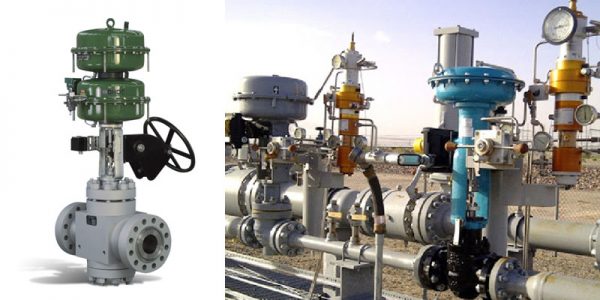Optimizing System Control with High-Performance Control Valves
Optimizing System Control with High-Performance Control Valves
Blog Article
Achieve Seamless Assimilation and Control With High Quality Structure Automation Controls
In the world of contemporary building monitoring, the significance of high quality structure automation controls can not be overemphasized. As innovation remains to development, the integration and control of various systems within a structure have actually progressed to be a lot more efficient and innovative. The smooth procedure and tracking of lighting, HEATING AND COOLING, protection, and various other building functions have actually ended up being extremely important for improving resident comfort, power effectiveness, and general functional efficiency. However, the trip in the direction of attaining real assimilation and control is a complex one, with factors to consider varying from system compatibility to cybersecurity. Embracing quality structure automation controls is not simply a matter of ease but a strategic critical for organizations intending to enhance their facilities' performance and sustainability.

Advancement of Building Automation Controls
Throughout the past few decades, the development of developing automation controls has actually dramatically transformed the method structures are handled and run. Developing automation systems mostly focused on standard functions such as regulating heating, air, and ventilation conditioning (HVAC) systems. As technology advanced, these controls have actually ended up being much more innovative, permitting for a wider variety of building systems to be integrated and managed centrally.
The advancement of building automation controls has seen a shift in the direction of more intelligent systems that can adapt to altering problems in real-time. This adaptability is critical for enhancing power effectiveness and making sure occupant convenience. Additionally, modern structure automation controls now offer attributes such as predictive upkeep, remote surveillance, and data analytics, making it possible for facility managers to make data-driven choices to improve structure efficiency.

Benefits of Quality Combination
The development in structure automation manages towards more intelligent systems has actually underscored the considerable benefits of high quality combination in enhancing building operations and enhancing total effectiveness. This centralized control additionally offers far better presence and understandings into structure efficiency, making it possible for proactive maintenance and optimization approaches. Generally, the advantages of quality assimilation in building automation controls are indisputable, supplying increased efficiency, convenience, and operational efficiency.
Boosted Individual Experience and Access
Enhancing user interaction with building automation regulates through intuitive layout and boosted ease of access raises the overall experience for occupants and center supervisors alike. By focusing on user experience, constructing automation systems can become more efficient and user-friendly. Instinctive user interfaces, clear navigating, and customizable setups encourage users to engage with the controls quickly and properly.
Availability functions play a vital duty in ensuring that all people, including those with impairments, can use the building automation regulates with convenience. Incorporating attributes such as voice commands, responsive buttons, and color-contrasted display screens can boost ease of access and make the controls more comprehensive.
Moreover, improved user experience leads to higher customer complete satisfaction, enhanced efficiency, and far better decision-making. Owners can adjust environmental settings according to their choices, while center managers can efficiently take care of and keep track of structure systems - control valves. Overall, prioritizing individual experience and ease of access in building automation controls contributes to a more efficient and smooth building atmosphere for all stakeholders involved
Lasting Practices With Automation

In addition, automation can assist in the assimilation of renewable power sources such as solar visit site panels or wind generators right into building procedures. By immediately changing power use based on the availability of eco-friendly power, buildings can better reduce their reliance on non-renewable sources. This seamless assimilation of lasting practices not just profits the atmosphere yet likewise improves the total functional effectiveness and cost-effectiveness of the building. With automation, structures can straighten with modern-day sustainability objectives and add to a greener future.
Future Trends in Structure Control Systems
One popular trend forming the future of building control systems is the enhanced integration of Artificial Knowledge (AI) and equipment knowing. Furthermore, the Internet of Points (IoT) is transforming structure control systems by attaching devices and sensing units to i thought about this improve procedures and improve performance.
An additional essential pattern is the emphasis on cybersecurity procedures to shield against possible dangers to developing automation systems. As structures become extra interconnected, guaranteeing durable cybersecurity procedures will be important to guard delicate information and prevent unapproved gain access to.
Moreover, the shift in the direction of cloud-based systems is acquiring momentum, enabling centralized control and remote accessibility to structure systems. This assists in easier monitoring, upkeep, and updates, boosting the overall efficiency and flexibility of building control systems. As modern technology proceeds to advancement, these patterns are expected to shape the future landscape of structure automation controls, driving technology and sustainability in the built atmosphere.
Conclusion
Finally, building automation controls have actually evolved dramatically, offering countless benefits such as improved individual experience, ease of access, and lasting methods. Quality combination plays a crucial function in attaining seamless control and effective operation of structure systems. Future patterns in building control systems are most likely to concentrate on additional boosting automation abilities for boosted power effectiveness and general efficiency. It is important for structure owners and operators to prioritize the adoption of quality structure automation regulates to optimize building operations and achieve long-lasting sustainability goals.
In the world of contemporary building administration, the value of high quality structure automation controls can not be overstated. Generally, the evolution of building automation controls continues to drive advancement in the building management market, supplying new opportunities for developing smarter and much more sustainable buildings.
The innovation in structure automation controls in the direction of even more intelligent systems has emphasized the significant advantages of top quality integration in optimizing structure procedures and enhancing total effectiveness. In general, prioritizing individual experience and ease of access in structure automation manages contributes to a more productive and seamless building atmosphere for all stakeholders included.
It is necessary for structure proprietors and drivers to prioritize the fostering of high quality structure look at here now automation controls to optimize building procedures and attain long-term sustainability goals. - control valves
Report this page